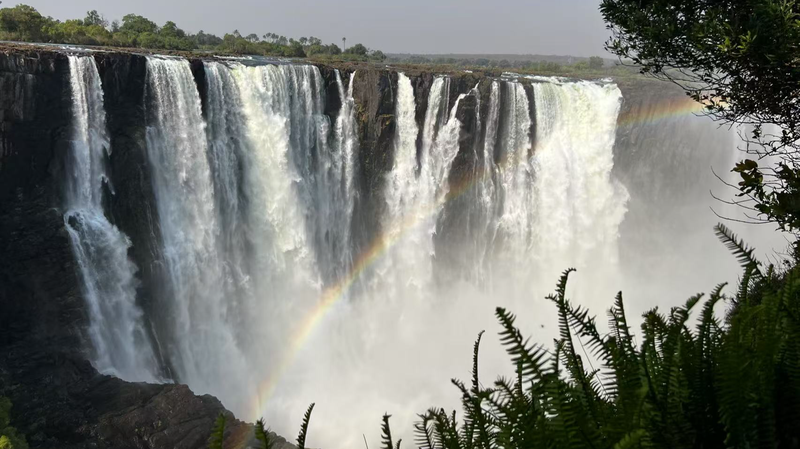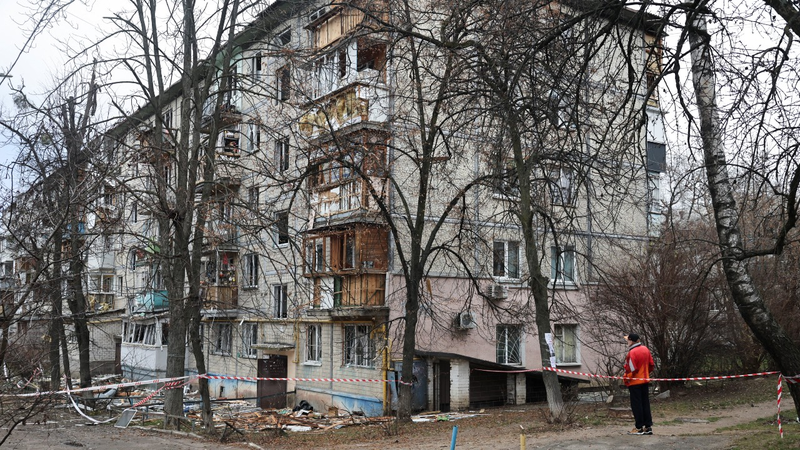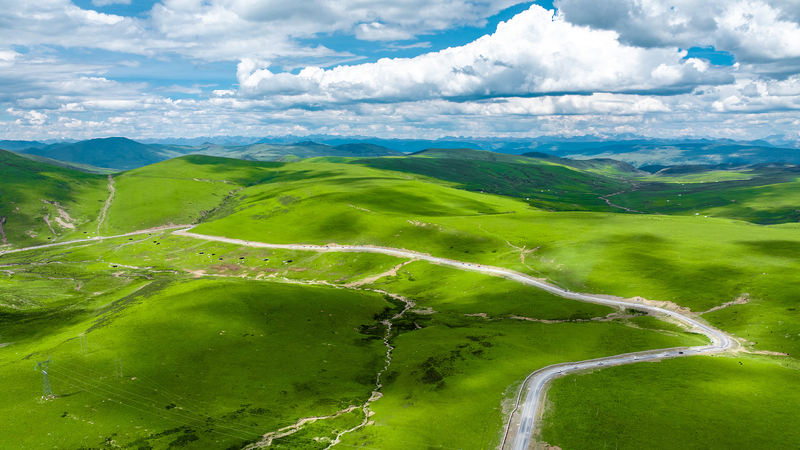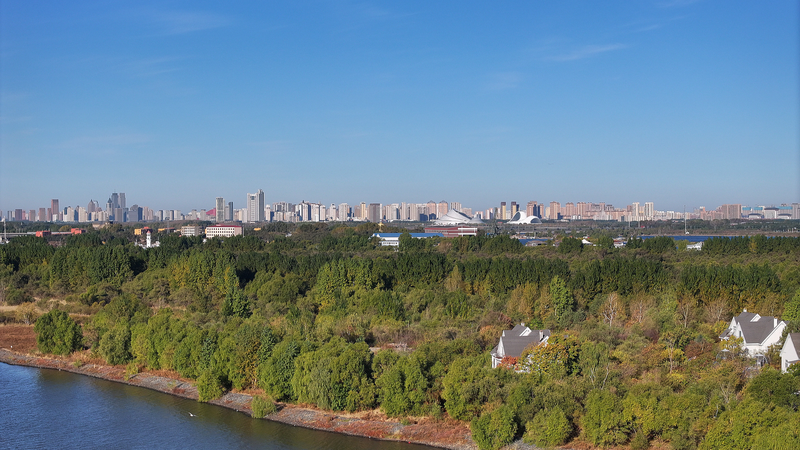At the 15th Conference of the Contracting Parties to the Ramsar Convention (COP15) in Victoria Falls, Zimbabwe, the urgent call to protect wetlands echoes across continents. In a world where wetlands disappear three times faster than forests, both Africa and China are stepping up to secure a greener future. 🌍
Across Africa, rapid urbanization, mining activities, and climate shocks are putting wetlands under heavy pressure. For example, in Zimbabwe, Lake Chivero – the main water source for Harare – is suffering from untreated runoff and the loss of natural filtration. Anthony Phiri, Director of Environmental Management, Renewable Energy, and Climate Center at Zimbabwe's Harare Institute of Technology, warned, "If the degradation continues, we may soon reach a point of no return, losing wetlands, biodiversity, and even food and water security."
On the bright side, Zimbabwe has designated seven Ramsar sites, including the iconic Victoria Falls, and is rolling out radio campaigns along with clear wetland protection zones. Local institutes are engaging youth and students in field projects, building pilot wetlands, and raising public awareness with innovative, community-focused solutions.
Meanwhile, China has made notable progress by recording a net gain in wetland areas through strong ecological restoration measures and supportive legislation. At COP15, experts from both sides are sharing ideas on technology transfer, capacity building, and green infrastructure. Professor Lei Guangchun of the Shenzhen Mangrove Conservation Foundation emphasized, "China's national law gives full legal status to wetlands," highlighting the importance of public accountability and the sharing of best practices.
Looking ahead, with Africa accounting for 43% of the world’s Ramsar-designated wetland area, a shared agenda is emerging. By joining efforts, China and Africa are not only safeguarding biodiversity and natural resources but also inspiring global environmental stewardship for future generations. 🌱
Reference(s):
cgtn.com




